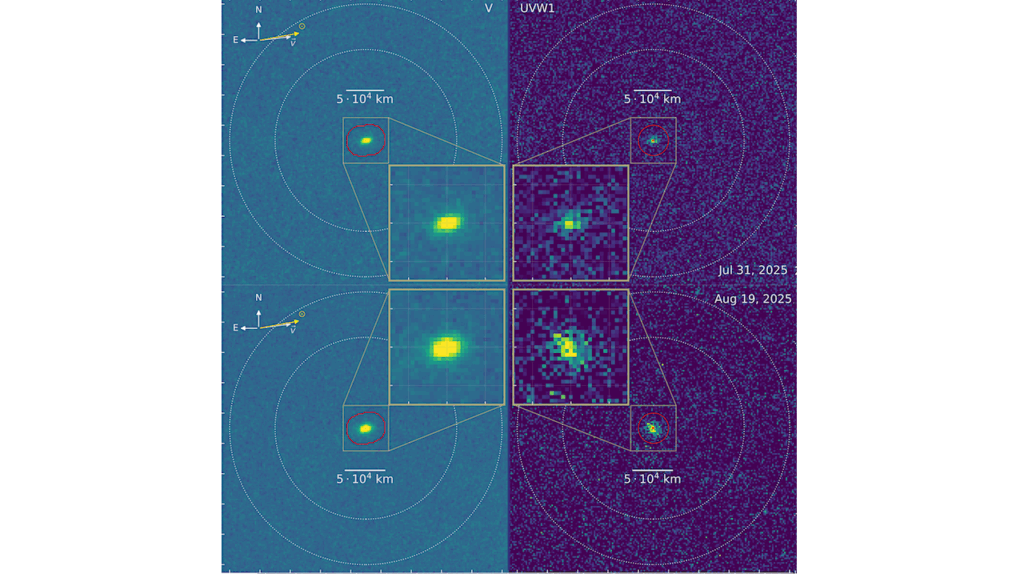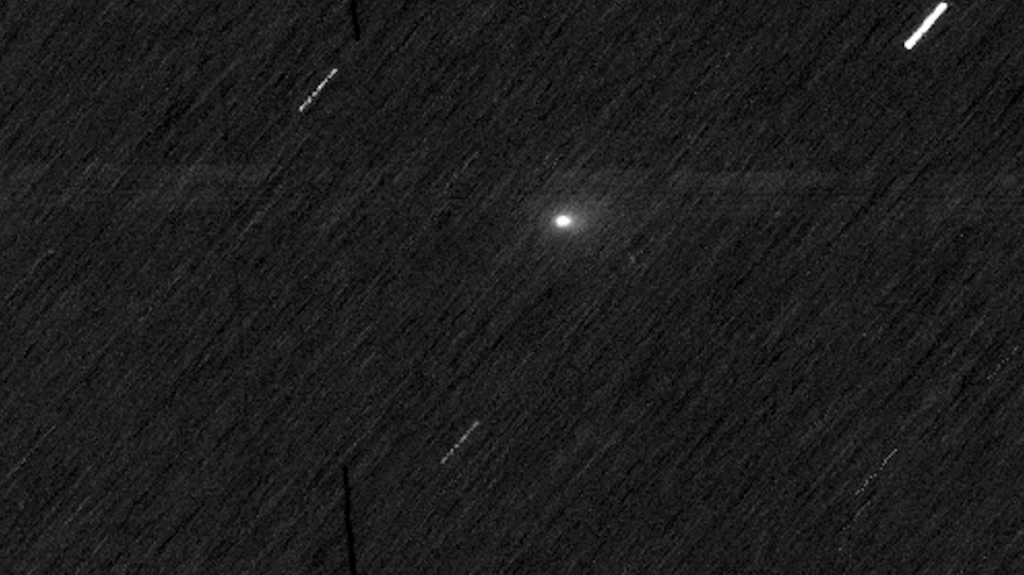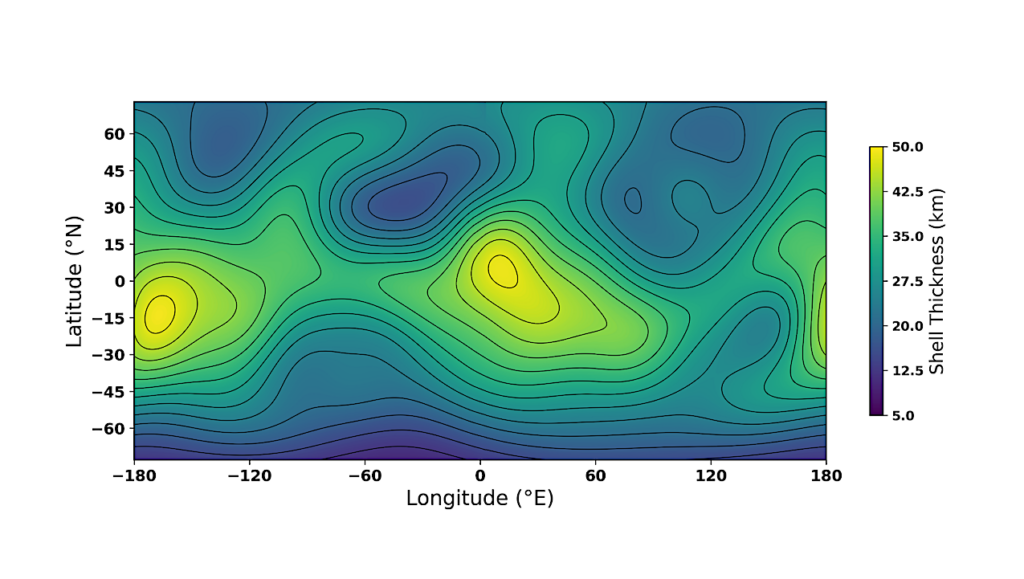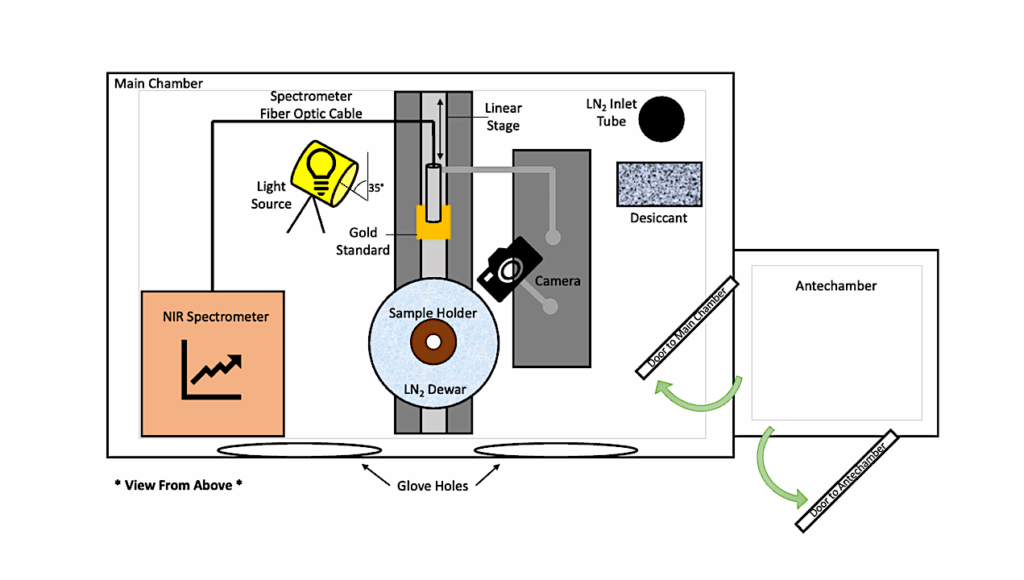There’s More To Life Than O2: Simulating the Detectability Of A Range Of Molecules For Ground-based high-resolution Spectroscopy Of Transiting Terrestrial Exoplanets

Within the next decade, atmospheric O2 on Earth-like M dwarf planets may be accessible with visible–near-infrared, high spectral resolution extremely large ground-based telescope (ELT) instruments.
However, the prospects for using ELTs to detect environmental properties that provide context for O2 have not been thoroughly explored. Additional molecules may help indicate planetary habitability, rule out abiotically generated O2, or reveal alternative biosignatures. To understand the accessibility of environmental context using ELT spectra, we simulate high-resolution transit transmission spectra of previously-generated evolved terrestrial atmospheres.
We consider inhabited pre-industrial and Archean Earth-like atmospheres, and lifeless worlds with abiotic O2 buildup from CO2 and H2O photolysis. All atmospheres are self-consistent with M2V–M8V dwarf host stars. Our simulations include explicit treatment of systematic and telluric effects to model high-resolution spectra for GMT, TMT, and E-ELT configurations for systems 5 and 12 pc from Earth.
Using the cross-correlation technique, we determine the detectability of major species in these atmospheres: O2, O3, CH4, CO2, CO, H2O, and C2H6. Our results suggest that CH4 and CO2 are the most accessible molecules for terrestrial planets transiting a range of M dwarf hosts using an E-ELT, TMT, or GMT sized telescope, and that the O2 NIR and H2O 0.9 μm bands may also be accessible with more observation time.
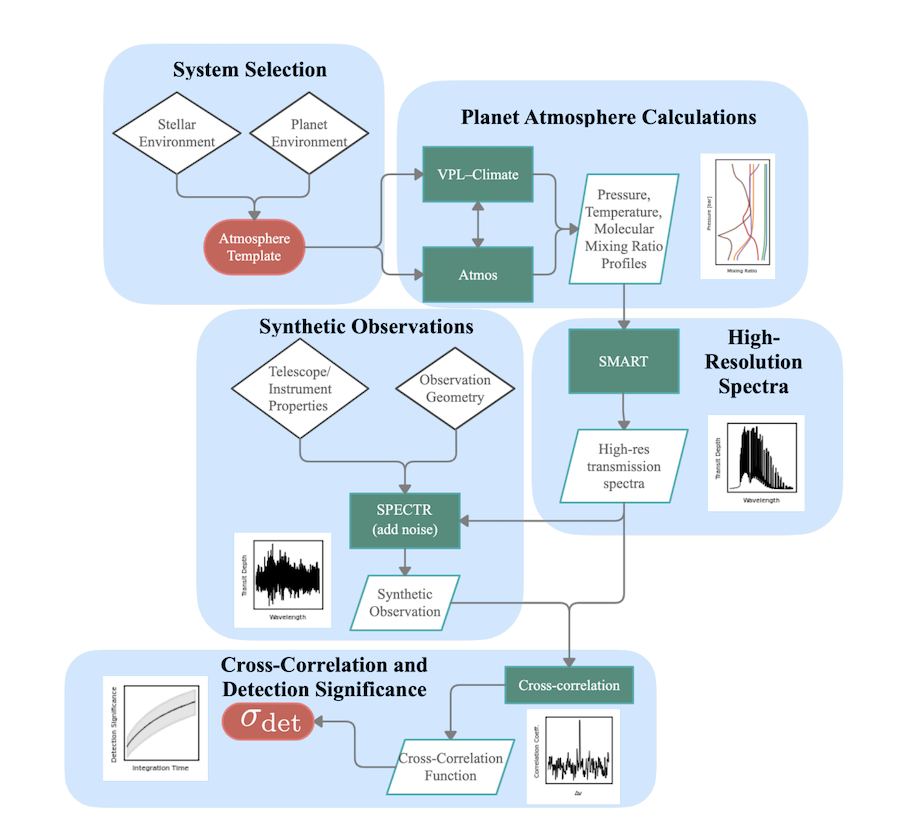
Although this technique still faces considerable challenges, the ELTs will provide access to the atmospheres of terrestrial planets transiting earlier-type M-dwarf hosts that may not be possible using JWST.
Miles H. Currie, Victoria S. Meadows, Kaitlin C. Rasmussen
Comments: Accepted for publication in The Planetary Science Journal
Subjects: Earth and Planetary Astrophysics (astro-ph.EP)
Cite as: arXiv:2304.10683 [astro-ph.EP] (or arXiv:2304.10683v1 [astro-ph.EP] for this version)
https://doi.org/10.48550/arXiv.2304.10683
Focus to learn more
Submission history
From: Miles Currie
[v1] Fri, 21 Apr 2023 00:18:59 UTC (4,055 KB)
https://arxiv.org/abs/2304.10683
Astrobiology


